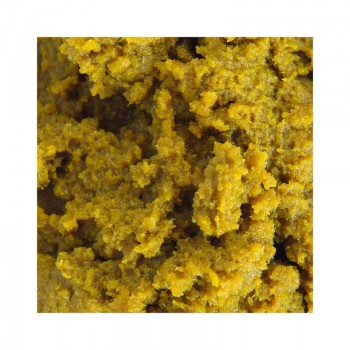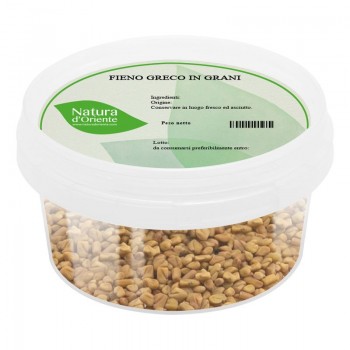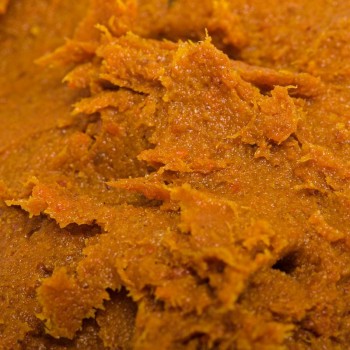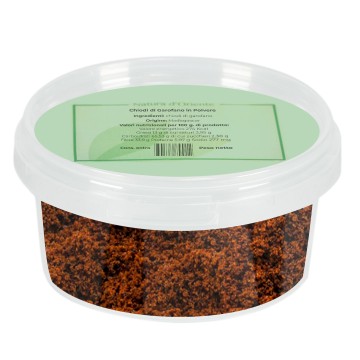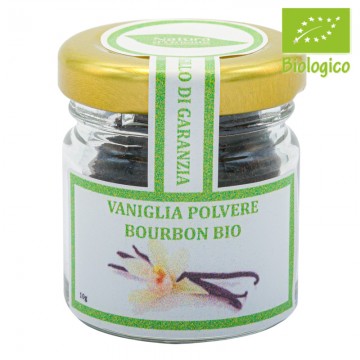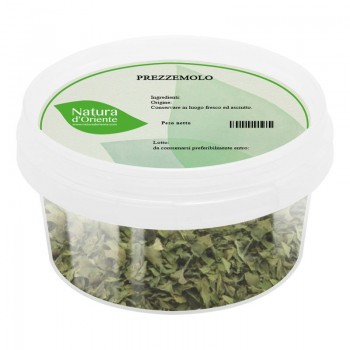Hemp seeds: properties e benefits:
Hemp seeds obtained from the Cannabis Sativa plant are typical oriental vegetable foods (e.g. from India) and Russia. Renowned for their nutritional value, these seeds are above all an excellent source of protein and essential fatty acids. They offer excellent heart health benefits, autoimmune diseases, arthritis, acne, premenstrual syndrome, unbalanced hormones, insomnia, overweight, anemia and hunger crisis. They are one of the best sources of gamma linoleic acid (GLA) thus helping in cellular functions offer a sense of satiety and counteract inflammation. Hemp seeds represent a natural food selected from special authorized Hemp Sativa food seeds. Hemp seeds are renowned above all for their particular nutritional value.
They are in fact considered a complete food from the point of view of the content of amino acids and beneficial for their contribution of vitamins and minerals within human nutrition. The vitamin content of hemp seeds should not be underestimated, which sees, in particular, the presence of vitamin E, suitable for performing an important antioxidant action, as well as mineral salts, such as potassium, magnesium and calcium. Hemp seeds are considered as a food suitable for the prevention of high cholesterol, asthma, sinusitis, arthrosis, tracheitis and diseases related to the cardiovascular system, due to their particular nutritional content. They are also considered as a suitable food to protect glands, muscles and nervous system.





 No reward points for this product.
No reward points for this product.
